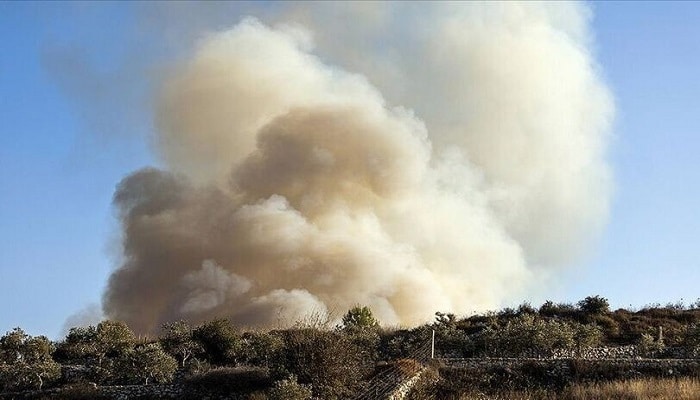PNN – The New York Times, in an article referring to Hezbollah’s recent drone attack on a base of the Zionist military forces, considered these attacks to be an indication of Tel Aviv’s weakness and slowness in identifying them and the ability of this militant group to strike Israel.
According to Pakistan News Network’s report from this popular American newspaper, experts believe that the deadly attack by Hezbollah drones on the Israeli military base in the north of the occupied territories shows the weakness and slowness of Tel Aviv in detecting such attacks.
Reports indicate that although Israeli police officers reported reports of a suspicious aircraft to the Air Force just minutes before the deadly attack by Hezbollah drones. But in response, these officers were told that this plane was Israeli, and this caused the police to close the case. But the same calculation error of the Israeli Air Force, moments later, caused the death of four Israeli soldiers and the wounding of dozens of them.
In July, Yemeni forces killed one person after a drone attack on a building in Tel Aviv. Hezbollah also attacked a building north of Tel Aviv last week, damaging it, but there were no casualties.
This American newspaper writes in justifying the weakness in the detection of Hezbollah drones: Drones often contain less metal and generate less heat than missiles. For this reason, even when enemy drones are spotted, they are sometimes mistaken for Israeli aircraft, including small private planes, because they too fly at low altitudes and speeds.
Read more:
At the same time, the author acknowledges: But Hezbollah’s new attack on a training base in the south of Haifa shows how this militant group is still able to strike Israel despite Israel’s devastating attacks on Lebanon. These conditions also show the shortcomings of Israel and the weakness of its military forces; In such a way that even Daniel Hagari, the spokesman of the military forces, admitted on Sunday that “we have to have a better defense”.
The New York Times argues: Although Israel is the world leader in detecting and intercepting missiles and its radar systems are capable of traveling at 1,000 miles (1,609 kilometers) per hour, these systems are sometimes slower than 100 miles (169 km) per hour and this has made the situation very difficult.
Ofer Harovey, the former head of the drone division in the Israeli Air Force, told the New York Times in this regard: All the systems we have in the western world are built to defend or protect airspace against conventional fighters and missiles. Therefore, for identification and tracking, a part of these systems must be redesigned so that targets such as enemy drones can be seen.
In this regard, America announced on Sunday that it will send an anti-missile system called THAAD (an anti-ballistic missile system) to Israel. But experts nevertheless believe that Israel’s anti-drone system in particular needs improvement.
According to On Feng, the head of R2 Wireless (a company that designs drone detection systems), he said in this context: Israel’s radar systems are mainly designed to detect relatively large metal objects such as airplanes.
Feng concluded: There is no magic solution that can solve all problems, but we need a complete change of approach.

